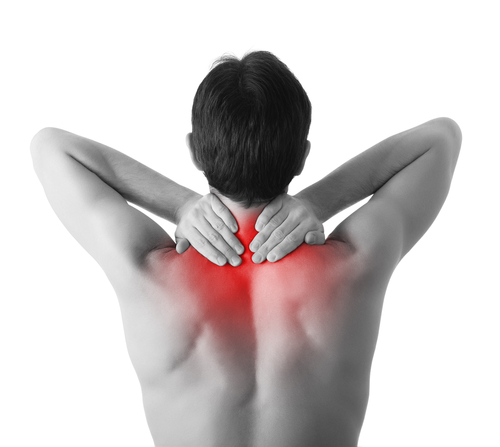Strenuous workout routines can result in serious injuries. When you push yourself too hard, particularly if there is already strain, there are a number of possible consequences. In the worst scenario, you may not be able to exercise for a while. Your favourite sport can take a backseat. This is why you need to know about the possible causes, effects and treatments for exercise related injuries.
What Causes Muscle Strain?
Muscle strain can be caused by a variety of reasons. The prevailing cause of this condition is the tearing of muscles when they’re overused. This is why athletes and professionals who exercise regularly often end up experiencing strain and injury.
This condition is usually caused by the following:
- Lack of know-how on warm ups and stretching
- Challenges with flexibility
- Body not conditioned enough
- General weakness and fatigue
- Effects of Muscle Strain on a Person
Without proper treatment, strained muscles can worsen and end up severely injuring a person. This takes a longer time for full recovery to get back into a sport. This may be frustrating, especially for someone who’s motivated to reach a certain set of fitness goals.
Some effects of muscle straining are as follows:
Possible bone fractures
If you’ve initially thought strains can be ignored, think again. The muscle strain you are experiencing may actually be an early sign of a bone fracture. The root of the pain may even go deeper. Without properly stretching, your muscles and bones may both be affected, causing long term injuries.
Pain and Discomfort
Muscle strain can bring high levels of pain for an athlete or fitness fanatic. This can have devastating consequences, such as when a professional is hurt prior to a major event. If the problem gets worse, some individuals end up not being able to perform like they used to and this further affects their health.
Possible Treatments on Strains
There are first aid treatments which can be applied at the onset of muscle strain. Long-term treatments for more severe conditions are recommended, but it’s best to consult with an exercise physiologist for more advice.
Some basic treatments for muscle strain include:
PRICE
This treatment involves the following methods as soon as you get a serious muscle strain:
P – Stands for Protect. You’ll need to immediately cover up your affected muscle area. Your muscle strain wouldn’t stand a chance if it gets harmed further.
R – Equals Rest. You shouldn’t strain yourself further. Your muscles are hurt for a reason and this is due to overexertion. This is your body’s way of telling you to slow down.
I – Put on some Ice. The strain makes your muscles inflamed, which is why it needs to quite literally cool down.
C – Means Compression. Your muscles can end up getting swollen and this is where your problem can worsen. Prevent severe bruises with this instant treatment.
E – Equals Elevation. You’ll need to heighten your affected area. Ideally, the affected body part should go higher than the heart. This is to lessen blood circulation, so as to further isolate the affected are for easy treatment.
Consult with an Exercise Physiology Expert
These registered professionals have the skills and expertise to properly treat your injury. They’ve had thorough experience on how muscles work. If you’ve hurt yourself in the middle of a training program, it’s best to have them on call.
Muscle strain can get in the way of reaching your perfect shape or level of agility. To avoid possible injuries, it’s best to consult with an exercise physiologist for more advice.
